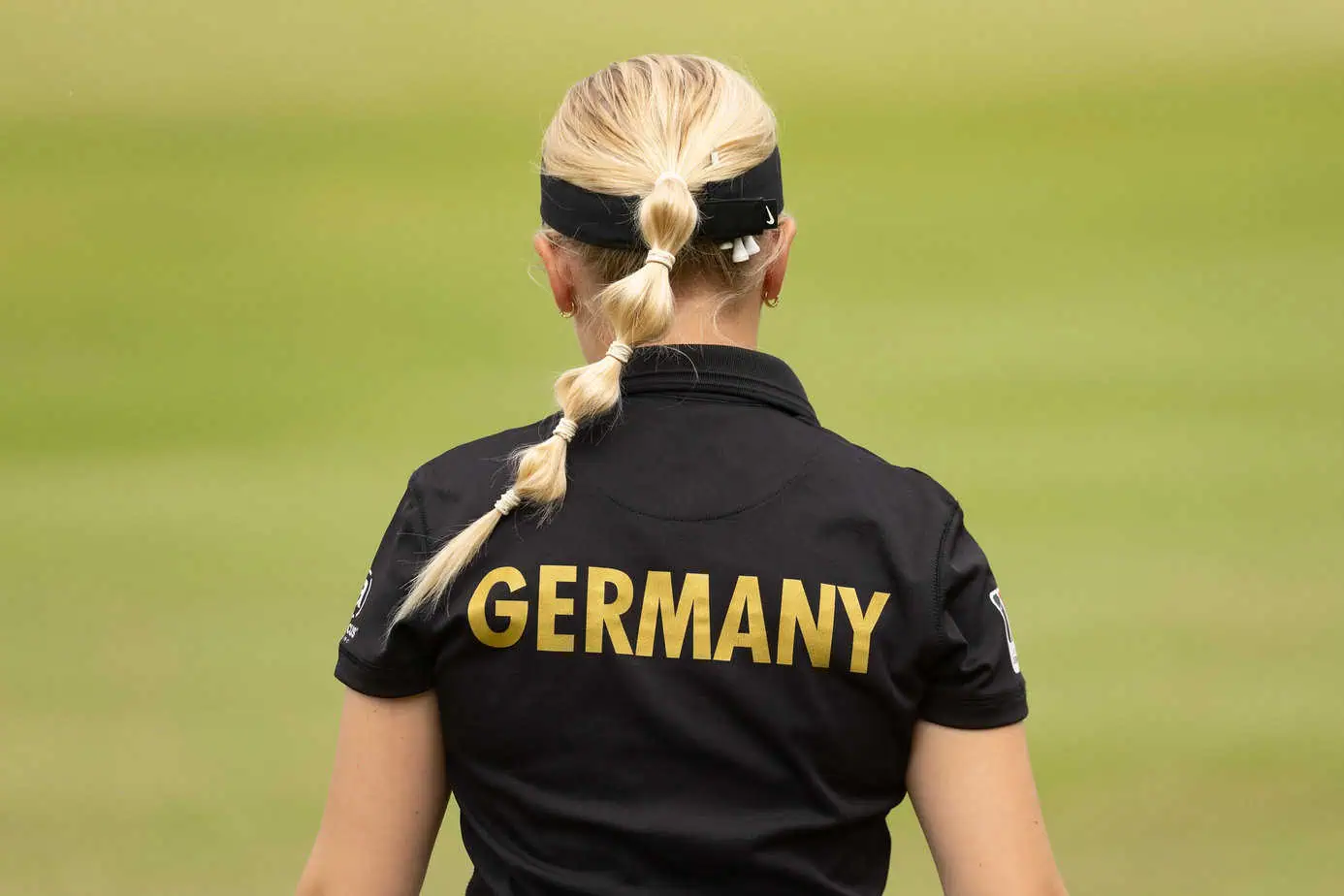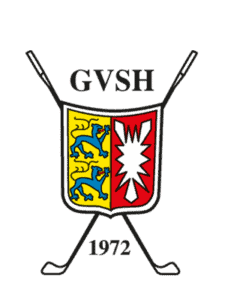A recipe for success in women’s golf: promotion and equality
“It’s never been better” – when Marcus Neumann, Director of Sport at the German Golf Association, talks about women’s golf, his summary of the past two years sounds excellent. In sporting terms, continental Europe’s second-largest association has established itself among the top 3 in Europe for women’s golf. Esther Henseleit ‘s silver medal at the Olympic Games in Paris led to a far better media presence for German golf than before. The fact that Helen Briem, former number 1 in the amateur world rankings, was named “Junior Sportswoman of the Year” by Deutsche Sporthilfe in her first professional year in 2024 makes it clear just how much the assessment of German golf has changed. In Germany, such titles are usually awarded to gymnasts, swimmers and track and field athletes; women from sports that struggle far less with image problems than golf.
Perhaps the biggest success is not so obvious, but has a long-term effect: golf will be included in the German Olympic Sports Confederation’s top-level funding structures for the first time from 2025. While sports politicians have always regarded Bernhard Langer and Martin Kaymer’s major victories as the successes of multimillionaires, Henseleit’s silver medal is equated with that of rowers or track and field athletes. This helps in terms of acceptance by society as a whole.
Subscribe to our newsletter!
News & trends about sustainability in golf
Women’s golf is big in Germany, far bigger than in many other European countries. 35.1 percent of all golfers in Germany are women, 241,339 women golfers in total. According to the latest Participation Report from the European Golf Association, nowhere else in Europe are there more. In percentage terms, only Switzerland has a higher rate at 33.3 percent.
Why do so many women play golf in Germany? Unlike in the classic golfing nations of Scotland or England, the sport only developed here when women’s golf was already much more widespread, explains Neumann. Germany has also benefited from the fact that golf has always been a family sport in this country. The whole family would sign up to the golf club, and daughters and mothers would also play. There has never been a special concept for women in German golf, but at the same time there has never been a purely male concept.
“Equal rights weren’t an issue for us even 20 years ago, they’ve always existed,” explains Neumann, who himself worked as a national women’s coach for many years. “Unlike in other countries, we have been promoting women’s golf for a very long time. And we generally try to get the maximum out of around 40,000 children.” Because the sheer mass of competition among the women is far smaller than among the men, “we have certainly reached a peak now.”
Equal rights are not equal treatment
However, he believes that a core element of the German recipe for success is that equality does not mean 100% equal treatment. “In the area of competitive sport, we don’t impose the same program and concept on the female squads as we do on the men,” he clarifies. After all, the social factor plays a far more significant role here than with boys right from the moment they start playing golf. “If girls or women don’t experience social satisfaction relatively quickly after starting, they stop and look for it elsewhere.” The position of the youth manager or youth coach in a club is therefore crucial, as they “get things going” with as much empathy as possible. This person, in turn, needs recognition for their commitment. “Women usually do it for the sake of it, not to become the next president,” Neumann sums up. Highlighting this achievement in a positive light is often more important than the association’s next sponsorship project, even though the DGV has nine of these for all performance and age groups in its youth sponsorship program.
Anyone who stands on the summit and looks around has a clear view. That’s why Neumann also knows that the success of 2024 is no guarantee for the future. On the contrary, he sees various problems:
- The number of children and young people taking up golf in Germany has fallen by around 19% since 2010. The DGV wants to reverse this trend with new support programs. The collaboration with silver medal winner Henseleit is just one part of this. But Neumann also knows: “There are now lots of sports competing for children in schools, so we have competition.”
- Germany’s demographic development is based on the assumption that the country will age significantly, with the proportion of people under the age of 20 set to remain at around 19 % until 2070.
- The discussion about the increasing shift away from the idea of performance in German sport has long since reached the golf scene. Almost all top female golfers in Germany had a club as their base, which was a kind of second home, analyses Neumann. A place where they spent a lot of time. “In the meantime, we often see children being driven from one appointment to the next.”
- And then there is Asia. “At the moment, we are just barely holding our own in the top 10 internationally,” admits the sports director critically. However, now that women’s golf is also in demand in Japan, Thailand and China, in addition to the long-standing exception of South Korea, the competition is enormous.
Time for investments
“In a situation like this, you must give it your all,” he concludes. “Even if everything looks great at first glance.” Neumann has several areas of activity in mind: In addition to increasing support for children and young people and covering all age groups, he wants to move away from the extreme focus on American college golf internationally. “We here in Europe could gain a lot with our own reduced tournament series, in which all players would take part.” He will soon be promoting this project to other European associations.
He is not lacking in enthusiasm. Women’s golf has always been his thing. “When things are at their best, you have to invest and go for it,” he says. Perhaps one or two future problems can still be solved.







